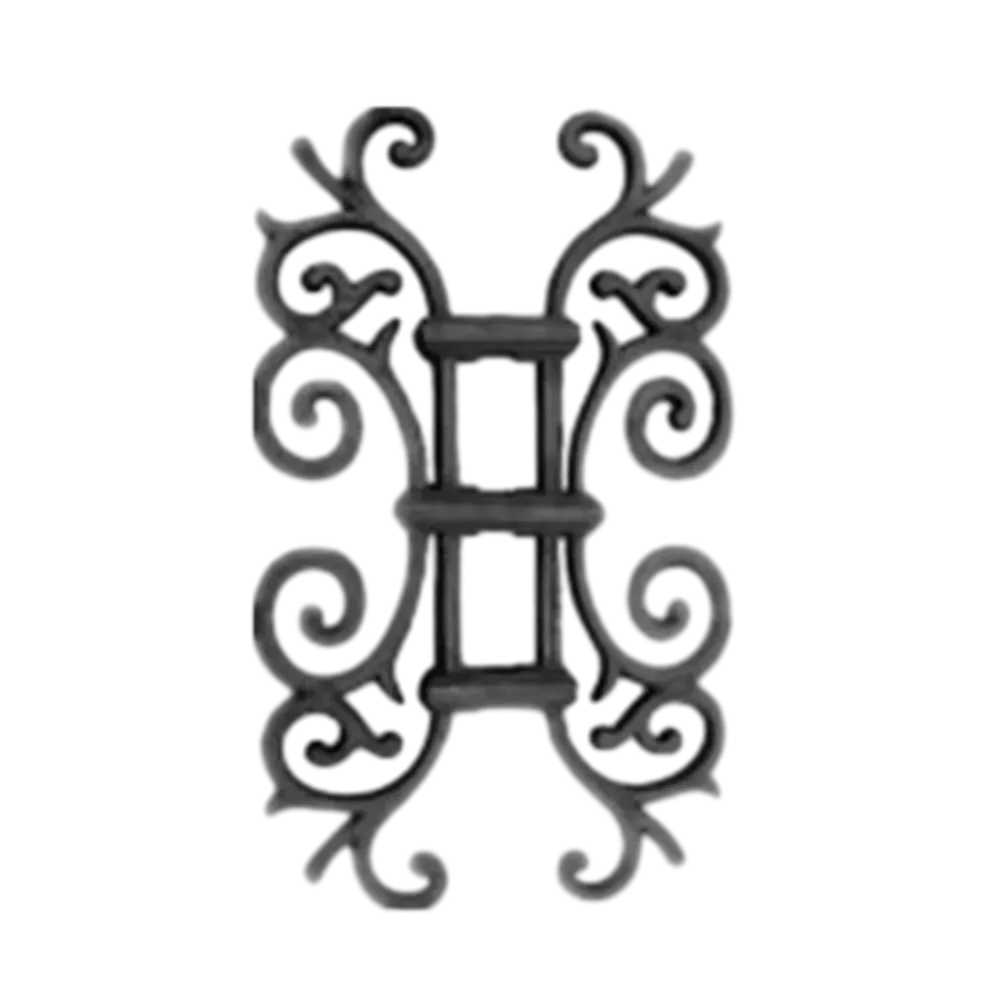wrought iron definition
Understanding Wrought Iron Definition, Properties, and Applications
Wrought iron is a malleable form of iron that has been used for centuries in various applications ranging from architecture to everyday tools. Its unique properties and ease of manipulation make it a favorite among craftsmen and engineers alike. In this article, we will delve into the definition of wrought iron, explore its properties, and discuss its applications throughout history and in contemporary settings.
Definition of Wrought Iron
Wrought iron is defined as a type of iron alloy that contains a very low carbon content, typically less than 0.08%. This low carbon content distinguishes it from cast iron, which contains a higher percentage of carbon and is more brittle. The primary characteristic that defines wrought iron is its fibrous structure, which arises from the way it is processed. Historically, wrought iron was made by heating iron ore in a forge and then hammering it to remove impurities and shape it into the desired form. The result is a tough, ductile material that can be easily welded and forged.
Properties of Wrought Iron
Wrought iron possesses several characteristics that make it a highly sought-after material
1. Malleability One of the most significant advantages of wrought iron is its malleability. It can be easily shaped into various forms without breaking, which allows for intricate designs and detailed craftsmanship.
2. Corrosion Resistance Wrought iron has good resistance to corrosion, especially when properly treated. This makes it suitable for outdoor applications where it is exposed to moisture and other environmental factors.
3. Durability With proper maintenance, wrought iron structures can last for many years, showcasing their ability to withstand wear and tear. This durability has made wrought iron a preferred choice for architectural elements.
wrought iron definition

5. Aesthetic Appeal The natural finish and the ability to create ornate designs make wrought iron visually appealing, which is why it is commonly used in decorative applications.
Applications of Wrought Iron
Wrought iron has a wide range of applications, both historically and in modern times. Historically, it was predominantly used for railings, gates, and decorative items, owing to its malleable nature and aesthetic value. Notable historical examples include
- Architectural Elements Wrought iron has been used extensively in architecture for railings, balconies, staircases, and gates. Its ability to be shaped into intricate designs has made it a staple in ornate buildings.
- Tools and Implements In the past, wrought iron was used to manufacture tools, weapons, and various household items due to its strength and durability.
- Fencing and Gates The strength and decorative potential of wrought iron make it a popular choice for garden fencing and gates. Its ability to withstand the elements ensures longevity.
In contemporary contexts, while many constructions utilize modern materials like steel and aluminum, wrought iron continues to have relevance. It is often employed in restoration projects of historical buildings to maintain authenticity. Additionally, wrought iron is preferred in artistic applications, such as sculptures and custom furniture, where craftsmanship is valued.
Conclusion
In conclusion, wrought iron is defined by its low carbon content and unique processing methods, resulting in a strong, malleable, and durable material. Its historical significance is underscored by its extensive use in architecture and tools, while its aesthetic qualities render it a favorite among artists and craftsmen. As we continue to innovate and explore new materials, the legacy of wrought iron endures, reminding us of the artistry and functionality that can arise from simple elements of nature. Whether in a historic castle or a modern home, wrought iron remains a timeless choice that bridges the past and present.
-
Wrought Iron Components: Timeless Elegance and Structural StrengthNewsJul.28,2025
-
Window Hardware Essentials: Rollers, Handles, and Locking SolutionsNewsJul.28,2025
-
Small Agricultural Processing Machines: Corn Threshers, Cassava Chippers, Grain Peelers & Chaff CuttersNewsJul.28,2025
-
Sliding Rollers: Smooth, Silent, and Built to LastNewsJul.28,2025
-
Cast Iron Stoves: Timeless Heating with Modern EfficiencyNewsJul.28,2025
-
Cast Iron Pipe and Fitting: Durable, Fire-Resistant Solutions for Plumbing and DrainageNewsJul.28,2025
-
 Wrought Iron Components: Timeless Elegance and Structural StrengthJul-28-2025Wrought Iron Components: Timeless Elegance and Structural Strength
Wrought Iron Components: Timeless Elegance and Structural StrengthJul-28-2025Wrought Iron Components: Timeless Elegance and Structural Strength -
 Window Hardware Essentials: Rollers, Handles, and Locking SolutionsJul-28-2025Window Hardware Essentials: Rollers, Handles, and Locking Solutions
Window Hardware Essentials: Rollers, Handles, and Locking SolutionsJul-28-2025Window Hardware Essentials: Rollers, Handles, and Locking Solutions -
 Small Agricultural Processing Machines: Corn Threshers, Cassava Chippers, Grain Peelers & Chaff CuttersJul-28-2025Small Agricultural Processing Machines: Corn Threshers, Cassava Chippers, Grain Peelers & Chaff Cutters
Small Agricultural Processing Machines: Corn Threshers, Cassava Chippers, Grain Peelers & Chaff CuttersJul-28-2025Small Agricultural Processing Machines: Corn Threshers, Cassava Chippers, Grain Peelers & Chaff Cutters












